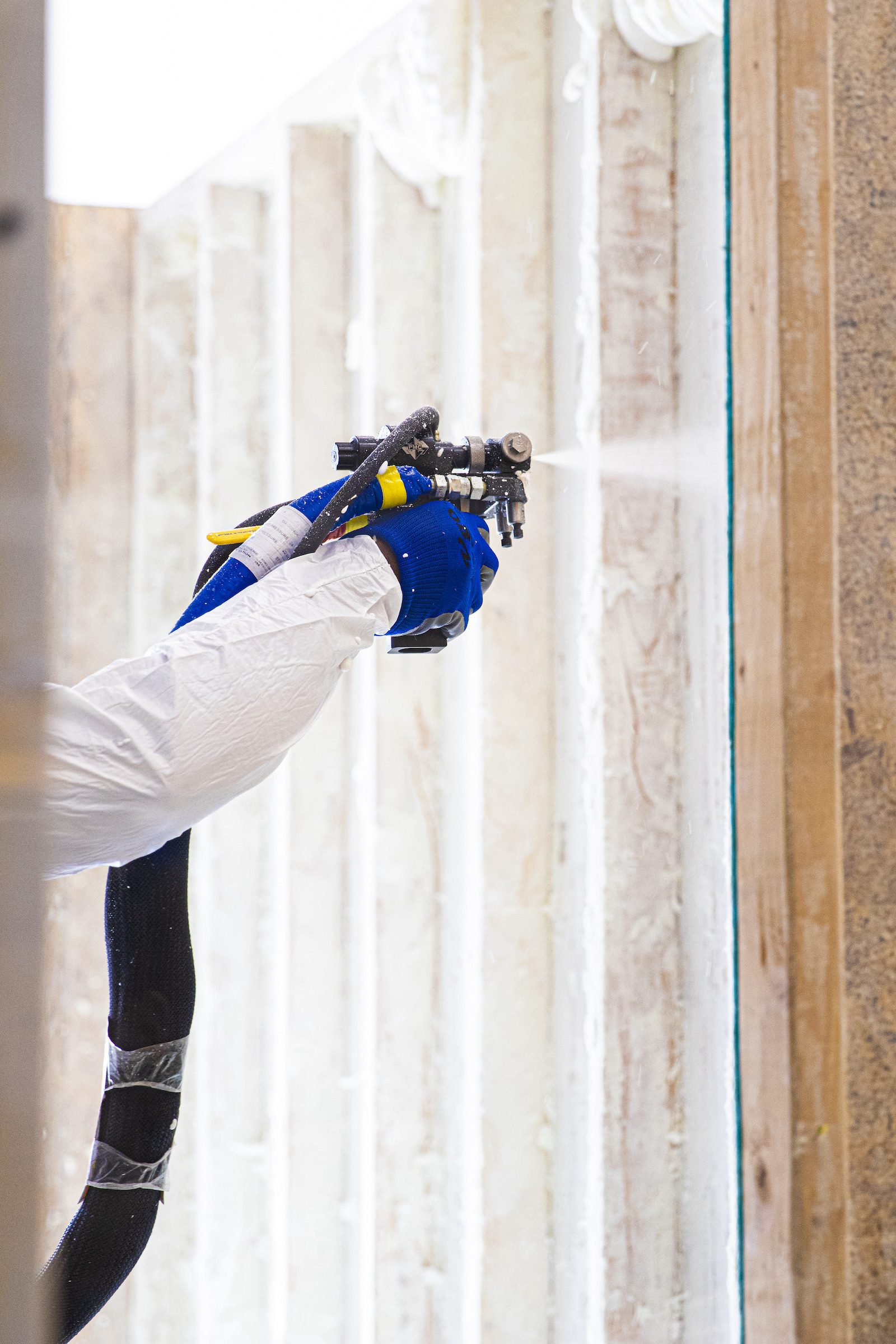How to Protect Your Home Against Mold and Mildew

When it comes to maintaining a healthy and comfortable home, insulation plays a crucial role. While most homeowners associate insulation with temperature control and energy efficiency, its benefits extend beyond just keeping your home warm in the winter and cool in the summer. One of the lesser-known but significant advantages of proper insulation is its ability to help prevent mold and mildew growth. Here are some key way insulation can protect against mold and mildew.
Understanding Mold and Mildew Growth
Mold and mildew are types of fungi that thrive in damp, warm environments. They can develop on various surfaces, including walls, ceilings, and floors, when excess moisture is present. Common causes of mold and mildew growth include:
- High humidity levels
- Condensation from temperature differences
- Leaks in roofs, walls, or plumbing
- Poor ventilation
Exposure to mold and mildew can lead to health issues such as respiratory problems, allergies, and skin irritation. Therefore, preventing their growth is essential for both structural integrity and indoor air quality.
How Insulation Helps Prevent Mold and Mildew
Proper insulation can significantly reduce the risk of mold and mildew in your home. Here’s how:
1. Moisture Control
Insulation acts as a barrier that helps regulate moisture levels. High-quality insulation materials, such as closed-cell spray foam or rigid foam boards, can create an air seal that prevents humid air from entering walls and ceilings. By minimizing moisture intrusion, insulation helps eliminate the conditions necessary for mold growth.
2. Reducing Condensation
Condensation occurs when warm, humid air comes into contact with cooler surfaces, leading to moisture buildup. Insulation helps maintain a more consistent indoor temperature, reducing temperature fluctuations that contribute to condensation. For instance, insulating pipes and ducts can prevent water droplets from forming and creating a breeding ground for mold.
3. Enhancing Ventilation and Airflow
While insulation itself does not provide ventilation, it works in tandem with proper airflow systems to maintain dry conditions indoors. Insulated spaces with adequate ventilation—such as attics and crawl spaces—experience less trapped moisture, reducing the risk of mold growth.
4. Sealing Gaps and Cracks
Gaps and cracks in walls and ceilings can allow moisture to seep into your home. Insulation materials like spray foam can fill these spaces, preventing water intrusion and subsequent mold problems. Additionally, using vapor barriers in insulation systems can add an extra layer of protection against moisture penetration.
Best Types of Insulation for Mold Prevention
Not all insulation materials are equally effective at preventing mold and mildew. Some of the best options include:
- Closed-Cell Spray Foam Insulation – Creates an airtight seal, reducing moisture entry and preventing mold growth.
- Fiberglass Insulation with a Vapor Barrier – Resists moisture but should be installed correctly to avoid trapping water.
- Rigid Foam Insulation – Water-resistant and effective in high-moisture areas like basements and crawl spaces.
- Mineral Wool (Rock Wool) Insulation – Naturally resistant to moisture and mold growth.
Additional Tips to Prevent Mold and Mildew
While insulation is a powerful tool in the fight against mold and mildew, combining it with other preventive measures enhances its effectiveness. Consider these additional strategies:
- Use dehumidifiers in areas prone to high humidity, such as basements and bathrooms.
- Ensure your home has proper drainage to prevent water accumulation.
- Regularly inspect for leaks and repair them promptly.
- Improve ventilation by using exhaust fans in kitchens and bathrooms.
- Clean and maintain HVAC systems to prevent moisture buildup.
Investing in high-quality insulation is a proactive step toward protecting your home against mold and mildew. By controlling moisture, reducing condensation, sealing gaps, and promoting better airflow, insulation creates a healthier indoor environment. If you’re experiencing mold issues or looking to prevent them, consider upgrading your insulation and implementing other moisture control measures. A well-insulated home not only enhances comfort and energy efficiency but also contributes to long-term structural integrity and health.
Do you have questions about choosing the right insulation for your home? Give us a call at 860-815-9355 or fill out the online form for a free estimate.
Find Your Location


Get a quote



